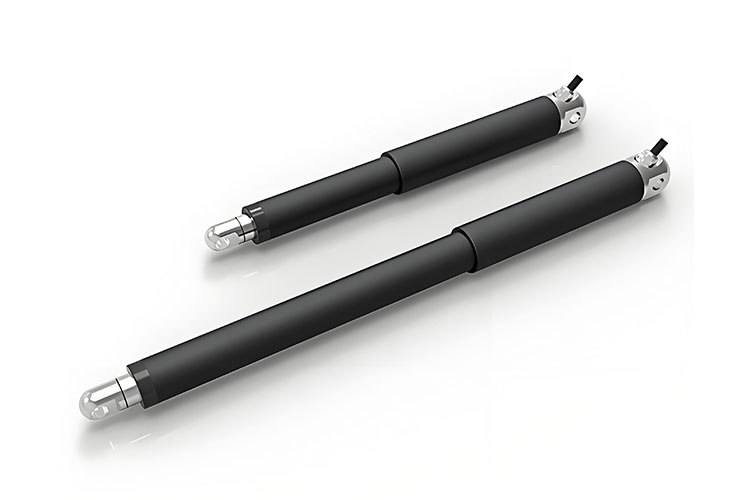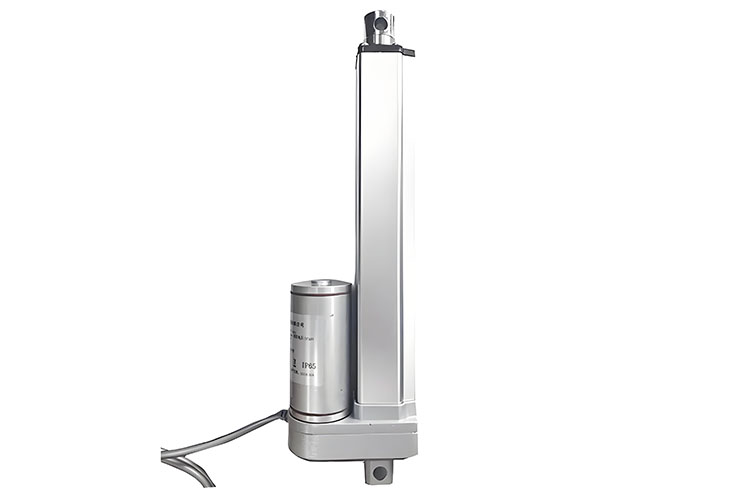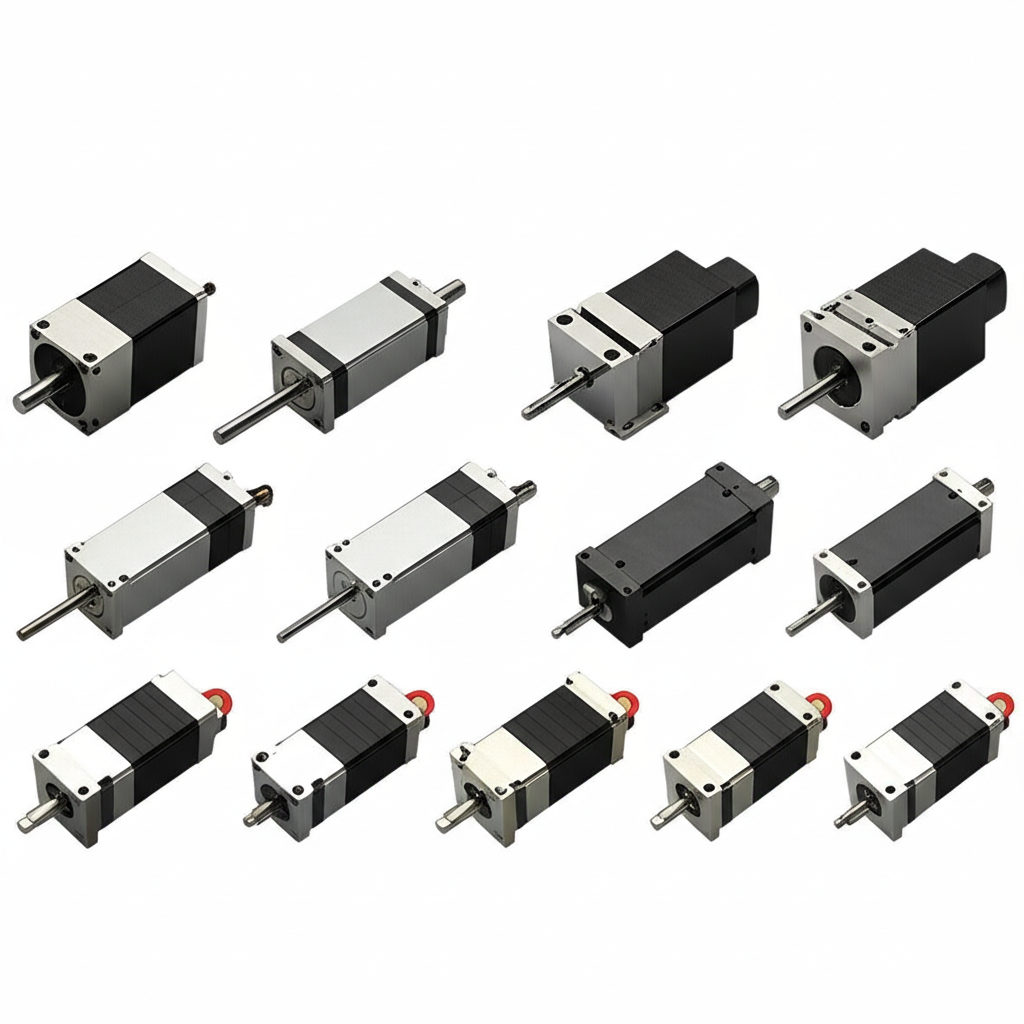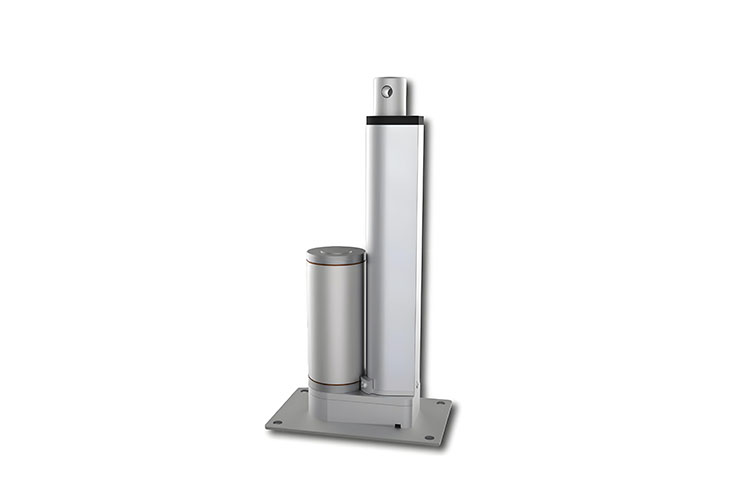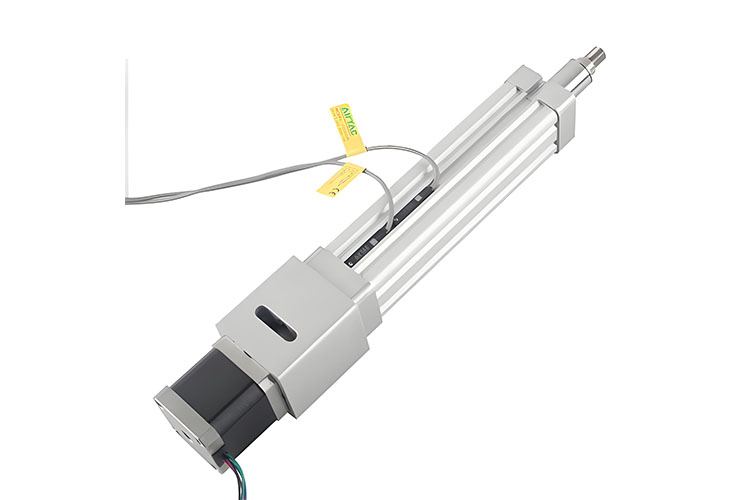The Critical Role of Quiet & Precise Actuators in Medical Devices
Let’s imagine you’re in a quiet hospital room. You hear a loud click, buzz, or whir. Now, think how that makes a patient feel—scared, worried, or just plain uncomfortable. Noise matters. In medical devices, loud sounds make patients nervous, keep them from sleeping, and distract nurses and doctors.
On the other hand, precision matters, too. When a robot does surgery, every small move counts. For patients, it can mean better care and faster healing. Accurate actuators help give the right dose of medicine, move beds smoothly, and make things safer in the operating room.
But here’s the challenge. Medical devices can be small, need to be sterilized, and must last a long time. Their actuators must stay quiet, precise, strong, and safe—all at once. So, how do you pick the best one? Let’s dig in.
Key Performance Criteria for Medical Device Actuators
Noise & Vibration
Big words, but simple ideas: Less noise means happier patients and better focus for doctors. We measure noise in decibels (dB). Quiet actuators use clever tricks like special bearings, smooth gears, and silent motors to keep down sound and shaking.
Where Does the Noise Come From?
- Motors humming
- Gears grinding
- Bearings rolling
How Do We Make It Quieter?
- Use damping pads
- Choose smoother motors
- Isolate moving parts
Precision & Accuracy
Precision means the actuator moves just the right amount, with no slip or back-and-forth wiggle. This is key for things like robot arms, drug pumps, and imaging machines.
- Resolution: How tiny a step can it move?
- Repeatability: Will it move to the same spot every time?
- Backlash: Any slop in the gears?
Size, Weight & Form Factor
Medical devices are getting smaller. Mini actuators make tools lighter and easier to carry—even possible to wear!
Power & Efficiency
Many devices use batteries. Energy efficient actuators mean longer use, less charging, and less heat.
Reliability & Lifetime
Hospitals need devices that always work. Long life means less fixing, less cost, and no device down-time.
Controllability & Feedback
Actuators with sensors and encoders give real-time feedback. They help doctors and nurses know exactly what’s happening.
Safety Features
Back-up controls, extra sensors, and fail-safe stops ensure patients stay safe if something goes wrong.
Types of Actuators for Medical Devices: Pros & Cons
Rotary Motors
You’ll often find brushless DC motors, coreless technology, stepper motors, and servo motors in devices. Each type fits different jobs:
- Brushless DC motors: Very quiet, long life, used in pumps and ventilators.
- Servo motors: High precision, good for robotic surgery.
- Stepper motors: Move in tiny, controlled steps, perfect for lab automation.
- Coreless motors: Lightweight and super responsive.
Linear Actuators
When you need direct push or pull action, linear actuators shine. Types include:
- Lead screw and ball screw actuators: Smooth, steady movement—good for patient beds and lab tables.
- Voice coil actuators: Very quiet, no “cogging,” best for haptic feedback or small pumps.
- Piezoelectric actuators: Outstanding precision, down to tiny nano-steps.
Specialized Actuators
Need something different? There are solenoids, pneumatic or hydraulic actuators, and shape memory alloys for special tasks, like door locks or heavy lifting.
But: Some types can be noisy or need more upkeep. The right choice depends on your needs.
Actuator Performance Data & Market Trends
How does all this play out in real numbers? Let’s look:
| Category | Data Point | Significance |
|---|---|---|
| Global Medical Device Market | $718.9 Billion by 2029 | More devices = more actuators |
| Medical Robotics Market | 15-20% CAGR (2023-2030) | Surgical robots = peak need for precision |
| Noise in Hospitals | Avg: 70 dB (day), 60 dB (night) | Quiet actuators bring levels closer to safe |
| Patient Comfort (WHO noise guide) | <40 dB goal | Quiet motors = less stress, better healing |
| Surgical Robot Accuracy | 0.1mm – 0.01mm required | Sub-millimeter moves need top actuators |
| Infusion Pump Accuracy | +/- 2-5% flow precision | Consistent, exact dosing saves lives |
| Piezoelectric Actuator Resolution | Nanometer steps | Lab & surgery tools reach near perfection |
| Brushless DC Motor Efficiency | Up to 90% | Power-saving, long life, ultra-low noise |
| Recall Impact (FDA/ECRI data) | Many recalls = bad actuator choice | Pick right, prevent recalls, ensure safety |
References:
- Grand View Research, Fortune Business Insights
- The Lancet, Health Affairs
- FDA Recall Database, ECRI Institute
Regulatory Compliance & Environmental Considerations
You can’t just put any part in a medical device. Special rules keep people safe.
Medical Device Regulations
You must meet FDA, ISO 13485, and EU MDR rules. Traceability and risk checks matter.
Biocompatibility & Sterilization
Actuator parts should not harm people. They need to handle autoclave, EtO, and gamma sterilization, and must use biocompatible materials.
EMC, EMI, and RFI
Devices can’t mess up each other. Electromagnetic compatibility (EMC) and noise suppression stop interference.
Cleanroom and Environmental Needs
Some actuators work in cleanrooms or hot, humid places. Right design equals reliable use anywhere.
Real-World Applications & Case Studies
Let’s see how quiet, precise actuators help in action.
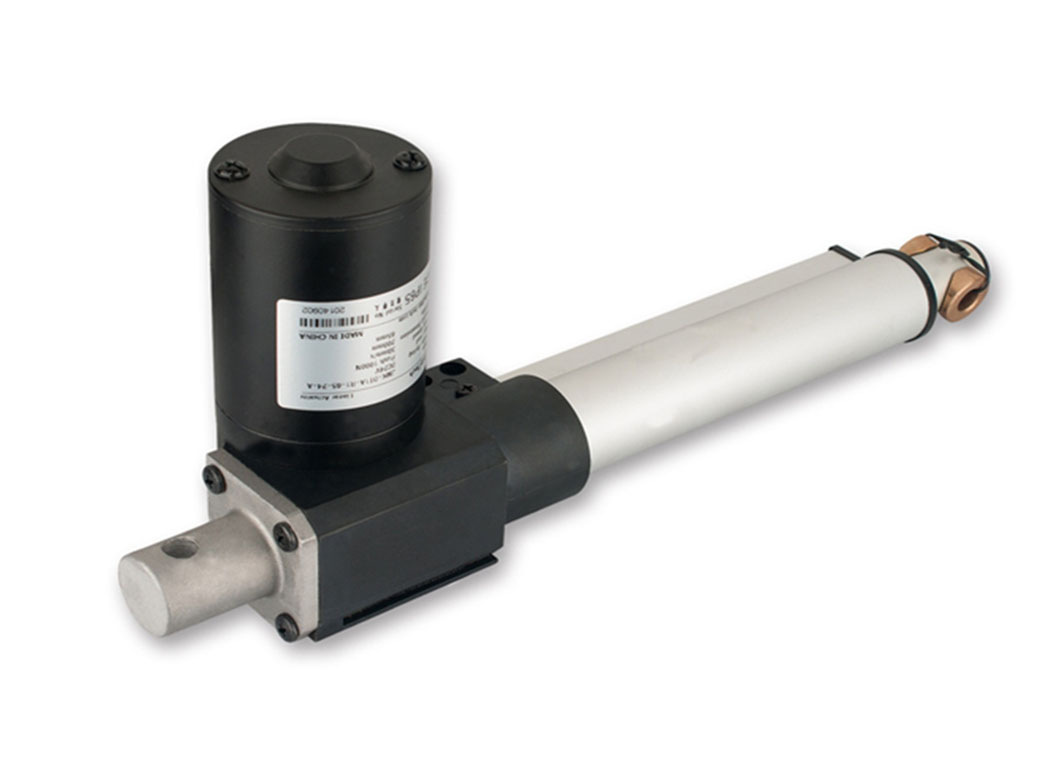
- Surgical Robots (like Da Vinci): Smooth, silent cuts. Lower vibration means safer and sharper moves.
- Infusion & Syringe Pumps: Quiet, exact medicine delivery, night and day.
- Diagnostic Imaging (MRI, CT): Precise, silent positioning with non-magnetic options for safety.
- Patient Mobility: Beds, lifts, and chairs move smoothly and silently, less startle, more comfort.
- Laboratory Automation: Fast, repeatable, low noise—tests run better and faster.
You’ll find these solutions in LSI keywords like Quiet Linear Actuators and Ball Screw Actuators or even in Servo Motor Actuators.
How to Choose: Step-by-Step Selection Process
It can feel tricky, but here’s a simple plan:
- Define your needs—list the noise level, size, motion speed, and safety wishes.
- Compare actuator types—ask: Which fits my device best? Rotary or linear, mini or heavy-duty?
- Test and prototype—measure noise, see how it fits, check feedback.
- Work with experts—companies like Jimi Technology Co., Ltd.. We help customize, troubleshoot, and support every step.
- Analyze total cost—upfront cost versus longer life and fewer repairs.
Explore more examples at China Linear Actuator Manufacturer and Electric Linear Actuators.
The Jimi Advantage: Solutions That Meet Every Need
Here at Jimi (Jimi Technology Co., Ltd.), we do more than just sell parts. We are trusted experts, engineers, and partners. Our high-quality linear actuators, TV lifts, and automation systems turn electrical power into smooth, quiet, and steady motion—push, pull, lift, tilt, any way you need.
Why trust Jimi?
- We follow all strict global standards, including FDA, ISO 13485, and IEC 60601.
- Every actuator gets tested for quietness, strength, and safety.
- Our team helps pick, design, and fit the best solution for your needs.
- Our parts are made tough, to last longer with less noise and fewer breakdowns.
- We champion innovation, using smart features, integrated sensors, wireless power, and advanced materials.
You can see just how many options there are—from Light-Duty / Miniature Actuators for small spaces to advanced Servo Linear Actuator Factroy.
Future Trends in Medical Device Actuation
What’s next?
- Miniaturization: Smaller, lighter, smarter actuators for wearable and implantable tools.
- Smart Actuators: Built-in sensors, data sharing, and AI make devices safer and easier to use.
- New Materials: Stronger, quieter, and even lighter parts for comfort and power.
- Wireless Power: No cords, more freedom. Energy harvesting for untethered medical devices.
Conclusion: Quiet Power, Precise Motion, Safer Care
If you want medical devices that care for both patients and staff, you need quiet, precise actuators that work every time, everywhere. Jimi is ready to help you meet these tough demands. Let us guide your next project—from idea to real-world hero.
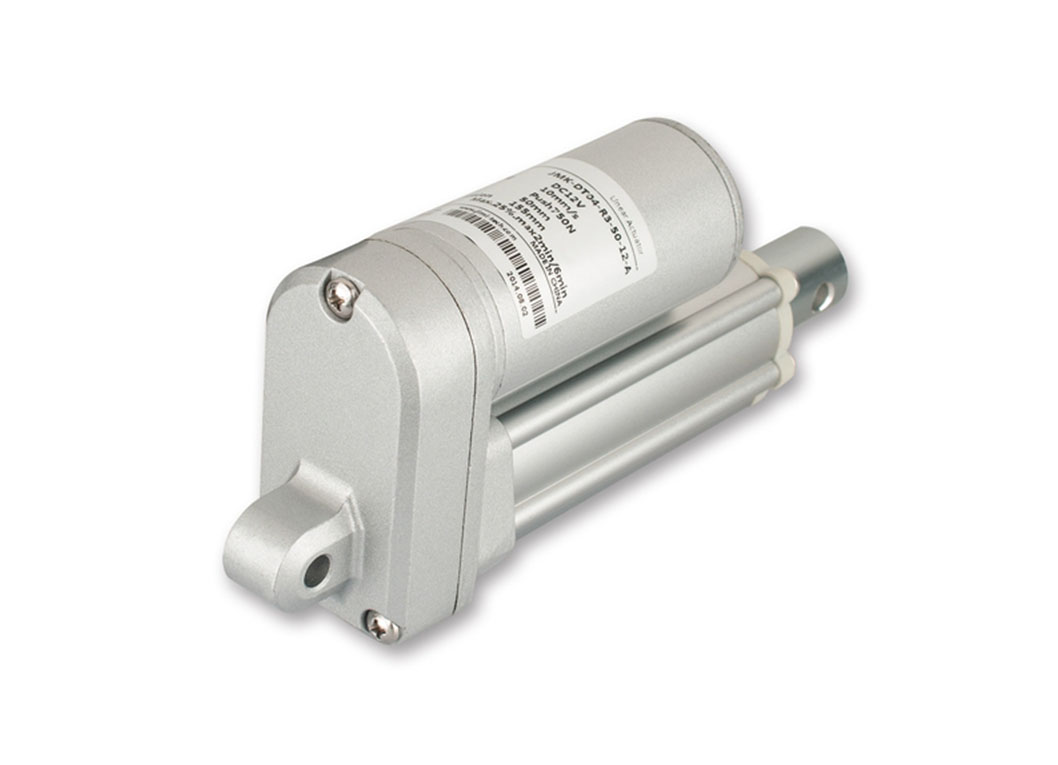
Check out our solutions and see why we’re the partner trusted by makers worldwide.
Experience. Expertise. Authority. Trust. With Jimi, you get it all.
References:
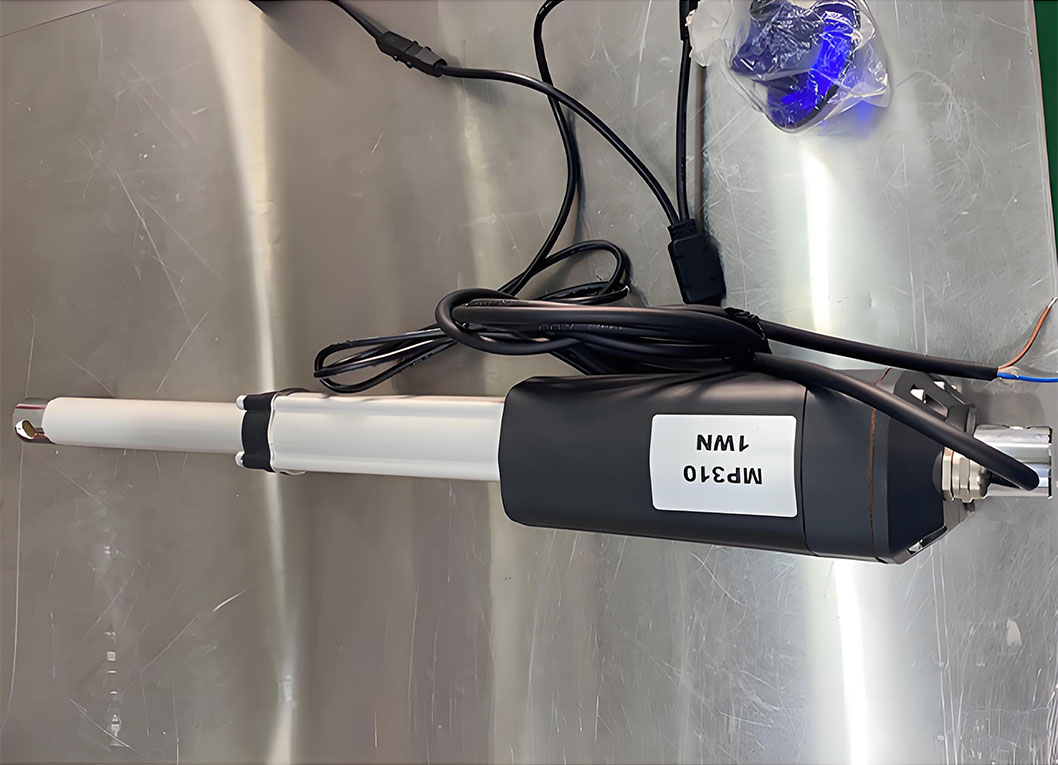
- Grand View Research
- Health Affairs
- FDA & ECRI Institute
- Manufacturer Data Sheets (Maxon, Faulhaber, Portescap, PI, Thorlabs)



